Birds that are all winning
Strisores is a diverse clade of birds with which I have become enamoured. They are sometimes called nightbirds, as many orders within the clade are nocturnal or crepuscular. I am of the belief that every single bird in this clade is a winner. They are all so, so awesome. And now I get to share their awesomeness with you. Yay !
Nightjars (Caprimulgidae) occur almost worldwide from temperate to tropic regions. One name they are called is the goatsuckers, based on the folklore belief that it drinks goat's milk. This is of course not true—nightjars, like many other nightbirds, are insectivores, but the belief may stem from the fact that they may get close to domestic animals to eat the insects around them. They have long wings and short legs, and are ground nesters.
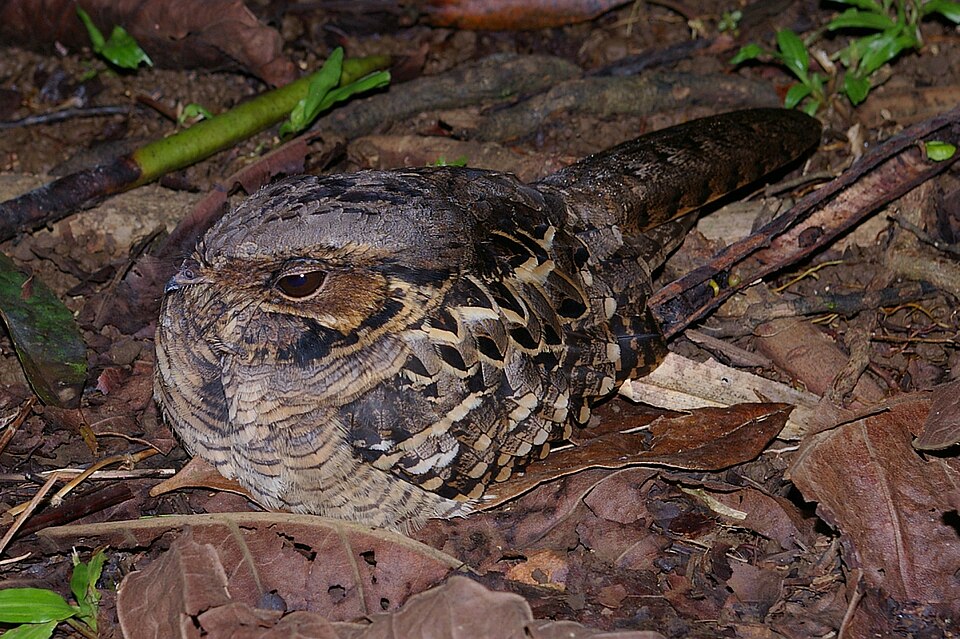
Common pauraque (Nyctidromus albicollis) by Karin Schneeberger
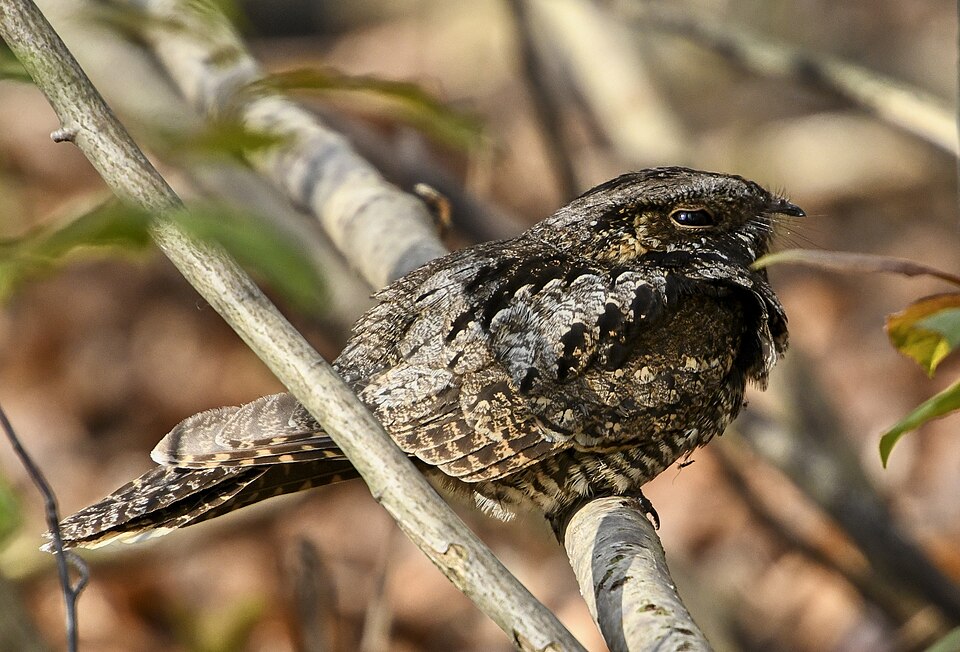
Whip-poor-will (Caprimulgus vociferus) by Mykola Swarnyk
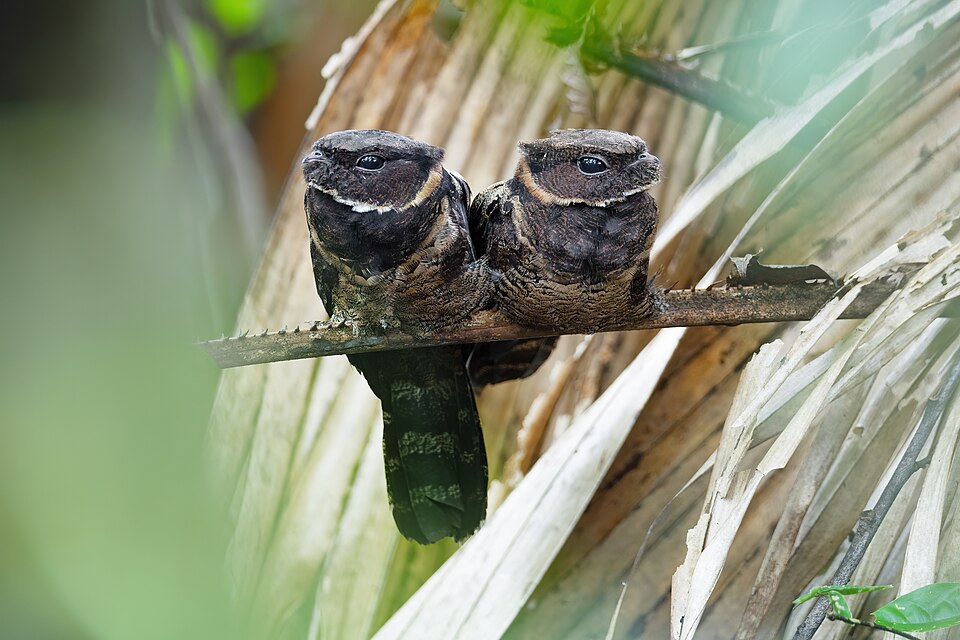
Great-eared nightjar (Lyncornis macrotis) by JJ Harrison
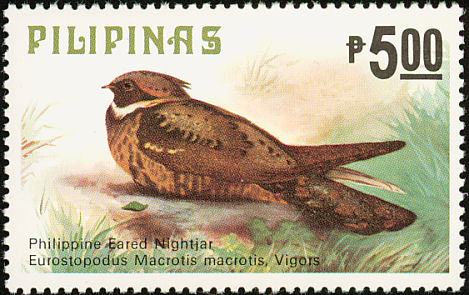
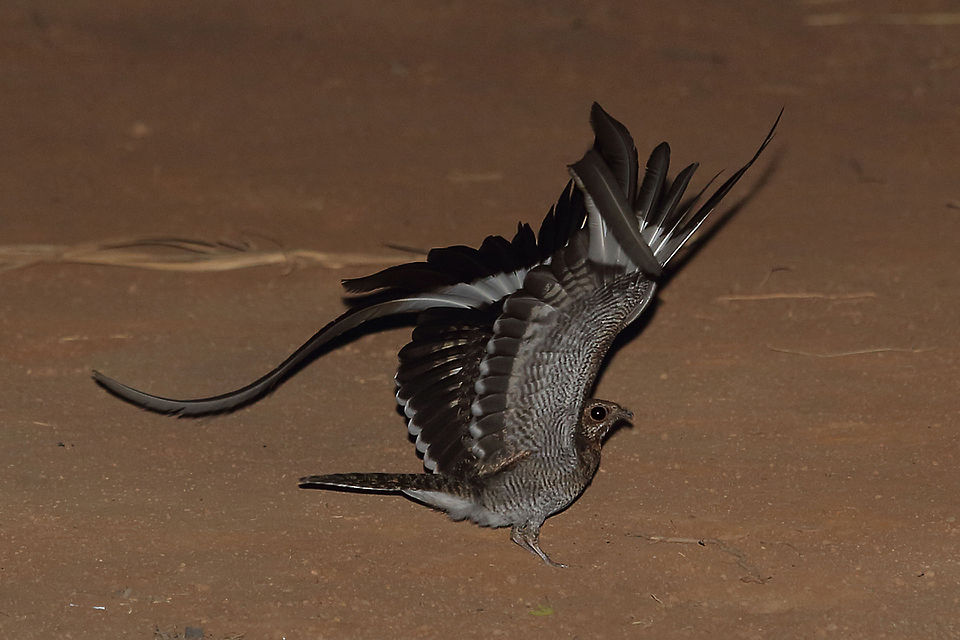
Pennant-winged nightjar (Lyncornis macrotis) by Nigel Voaden
Oh my god look at them. I promise these birds are real and not computer-generated, or animatronics or muppets or anything. These are birds called potoos (Nyctibiidae) that are found across the American tropics. Potoos aren't much for flying, or walking, or even nests; they're at home perching on tree stumps, where they're very masterfully camouflaged due to their cryptic plumage.
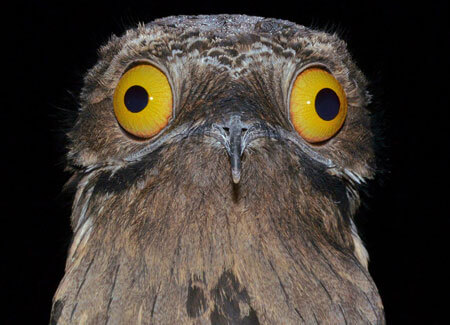
Common potoo (Nyctibius griseus) by Fabio Maffei
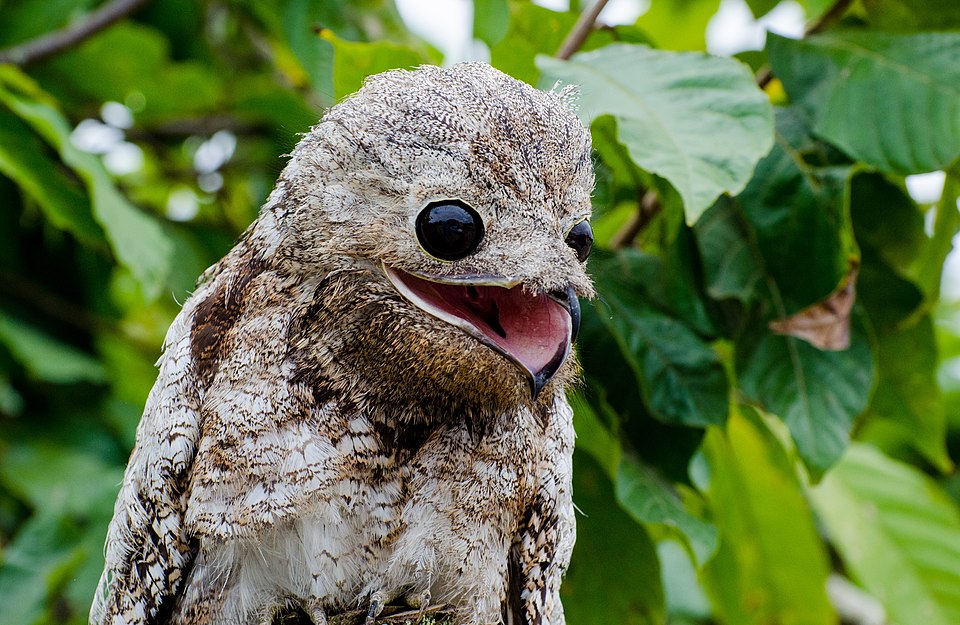
Great potoo (Nyctibius grandis) by Allissondias
Listen to the common potoo's call, often described as "melancholy" and "haunting".
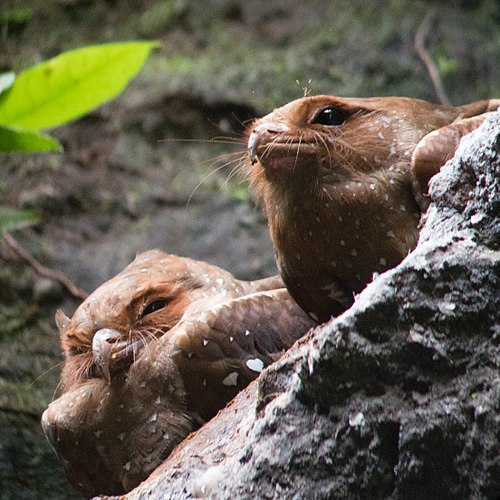
Oilbirds by Eric Gropp
Oilbirds (Steatornis caripensis) are the only living species of the family Steatornithidae. These freaks are like if a bird was a bat, and also they're so very special 🙂↕️ They live in caves in colonies ! They're fructivores ! They're the only nocturnal flying fruit-eating birds in the world ! They have vision like that of deep sea fish and whiskers like mice ! They're one of the few birds who navigate by echolocation.
Frogmouths (Podargidae) are nocturnal birds native to the Indromalayan and Austronesian regions. Look at these guys. I'm obsessed with them. They are named for their flattened wide beaks and gapes—the interior of their open mouths—that resemble those of frogs. Convergent evolution has made it so they also resemble owls, but while owls have facial discs and are fearsome birds of prey, frogmouths, with their weak flight and weak feet, are content to perch on tree branches where they hunt for the insects they eat and remain camouflaged from predators.
I loveeee frogmouths; in fact, they were the reason I got so interested in strisores in the first place. We have them at the local zoo and they are just as lovely in person.
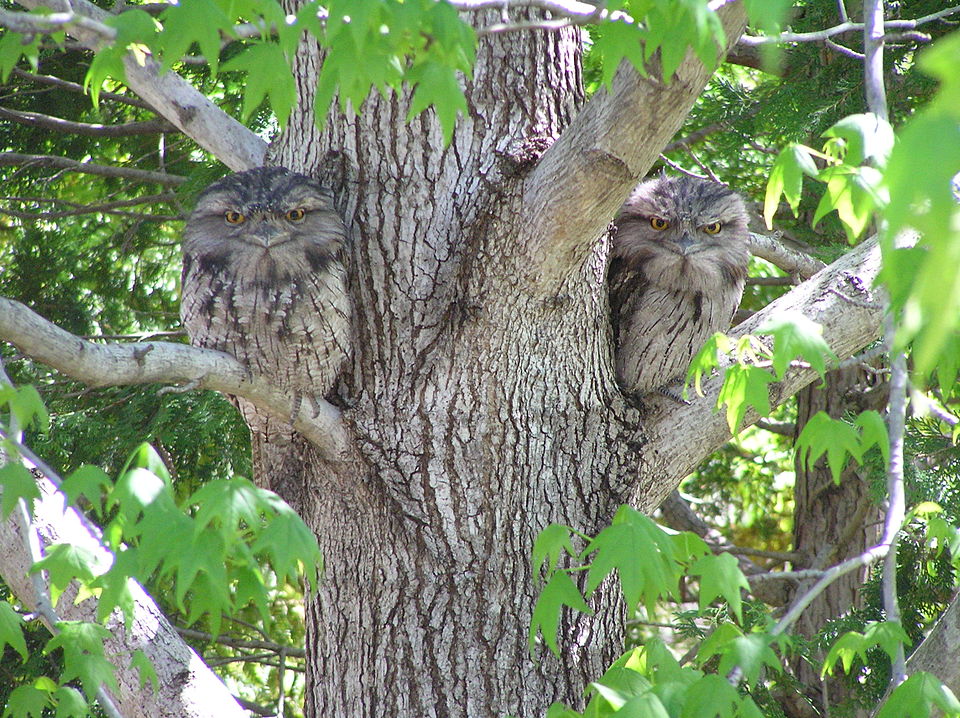
Tawny frogmouths (Podargus strigoides)
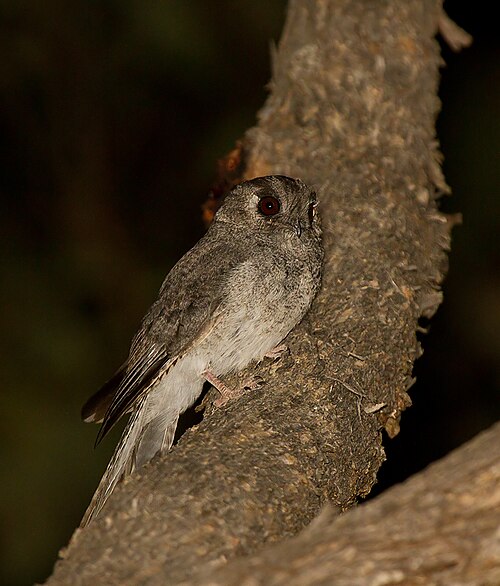
Australian owlet-nightjar (Aegotheles cristatus) by Patrick Kavanagh
Of all the Strisores clade, the owlet-nightjar (Aegothelidae)'s distinctiveness has only recently been discovered. It has the big eyes, cryptic plumage, large gape and insectivore diet like many of its relatives, though interestingly its feet are relatively large and functional compared to the rest, and they also have whiskers and rounded tails. The common ancestor of the swifts and hummingbirds, the owlet-nightjar's closest cousins, would likely have resembled a small owlet-nightjar. These fun little guys are native to New Guinea and can be found across the Austronesian region.
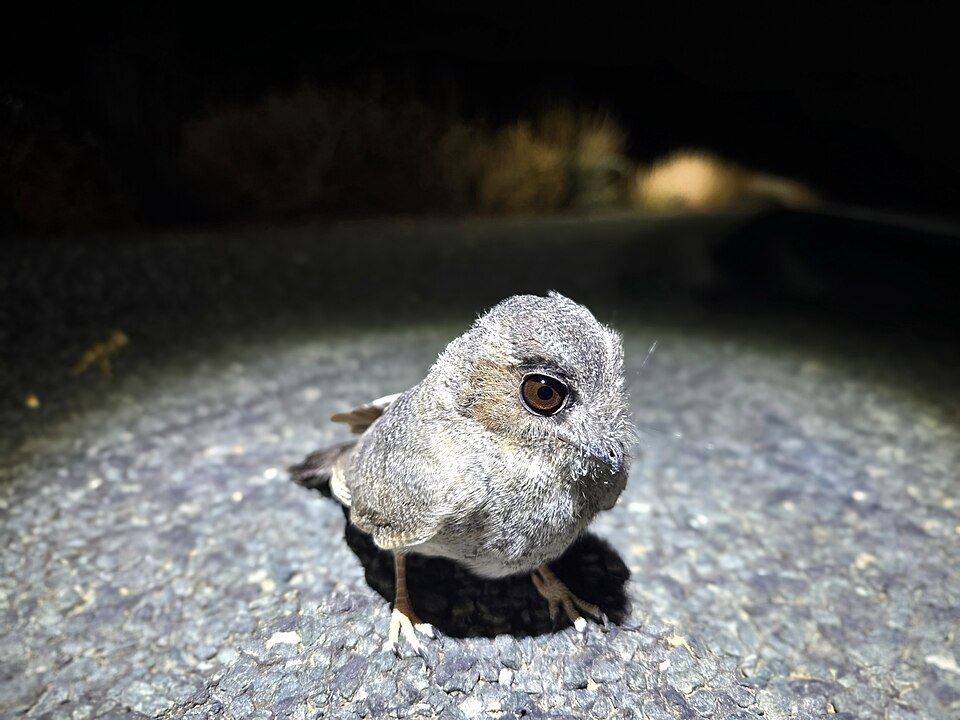
Australian owlet-nightjar by Max Tibby
Swifts (Apodidae) are very aerial, unlike many of their cousins. Their family name comes from a Greek word meaning "footless", as their feet are so small and weak, but this is more than made up for with their incredible flight capabilities: swifts, aptly named, are among the fastest birds in level flight on the planet, and in fact hold the record for such feat (though in fastest airspeeds overall, they are outclassed by the diving speeds of birds such as the peregrine falcon). They are found in every continent in the world except Antarctica !
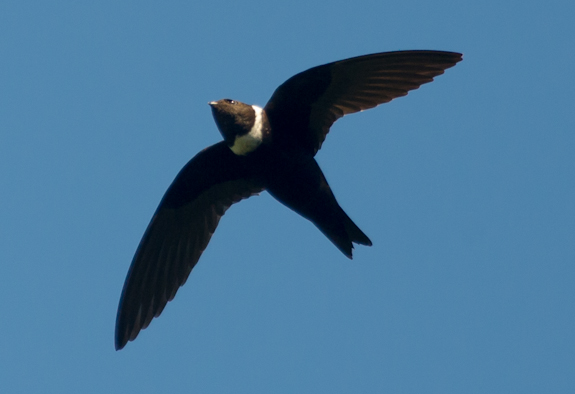
White-collared swift (Podargus strigoides) by Joaoa Quental
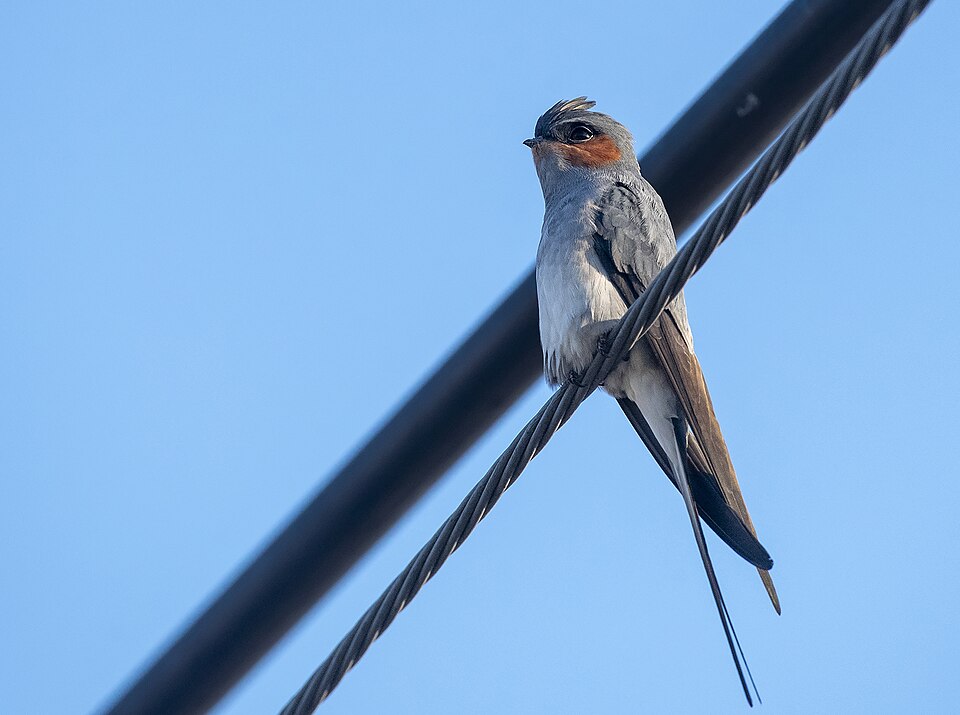
Crested treeswift (Hemiprocne coronata) by Griha Hasanov
Treeswifts (Hemiprocnidae) are the rather handsome relatives of the true swifts. There are only four species, all found from India and Southeast Asia to New Guinea, and they look like the true swifts but often with headcrests and other facial ornaments, and longer forked tails.
I'm convinced hummingbirds (Trochilidae) are an underrated contender for sickest awesomest bird ever. They're the smallest adult birds, for one, the tiniest being the bee hummingbird at the weight of about a penny. Unlike other birds whose flight involves articulation in the joints in their wings, hummingbirds' wings are completely straight, their flight being more similar to bees. They flap their wings 80 times per second, creating the humming sound after which they're named. This unconventional manner of flight allows them to hover and fly backwards ! Their metabolism is so fast, they could die of starvation in only 3-5 hours, so with their long beaks they feed on the nectar in flowers that offers the energy they need, and they enter torpor at night—a mini sort of hibernation where their metabolic rate drops by 95% ! Their diversity in plumage colour is also very cool !!!
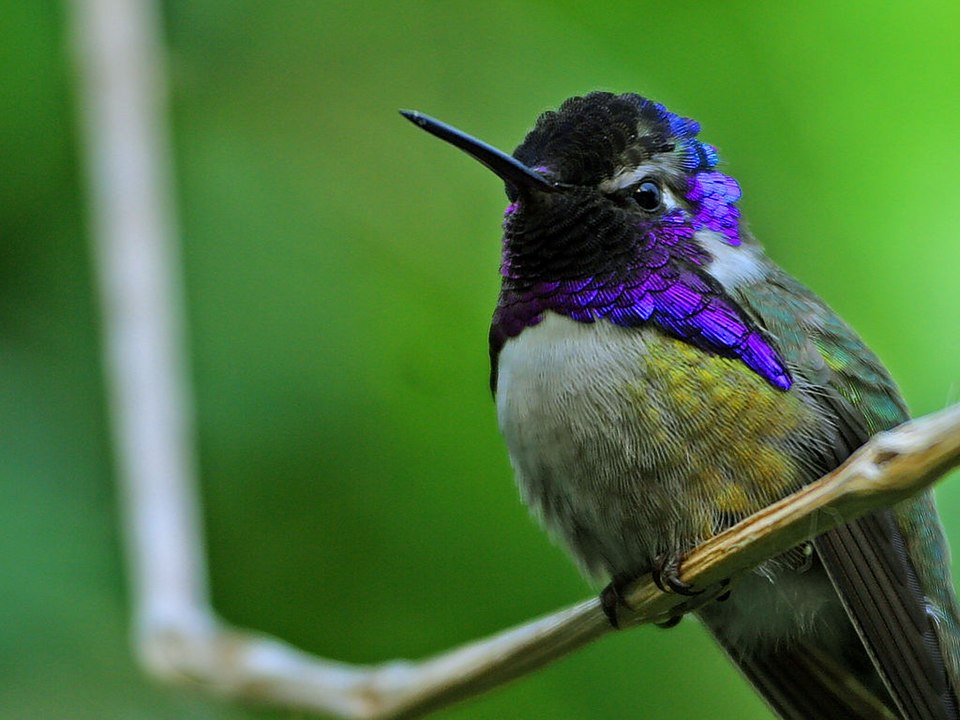
Costa's hummingbird (Calypte costae)
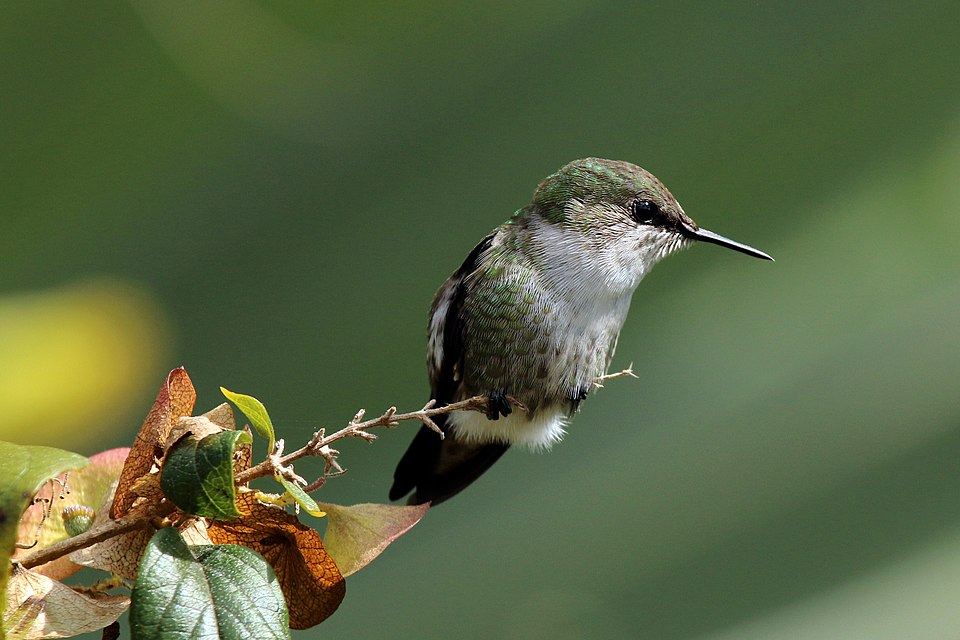
Vervain hummingbird (Mellisuga minima) by Charles J Sharp
This video by Clint's Reptiles goes into a bit more into depth on Strisores and especially hummingbirds !